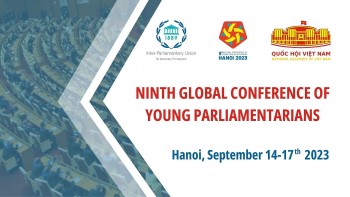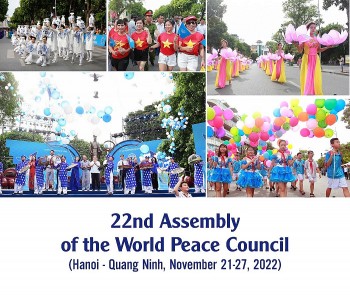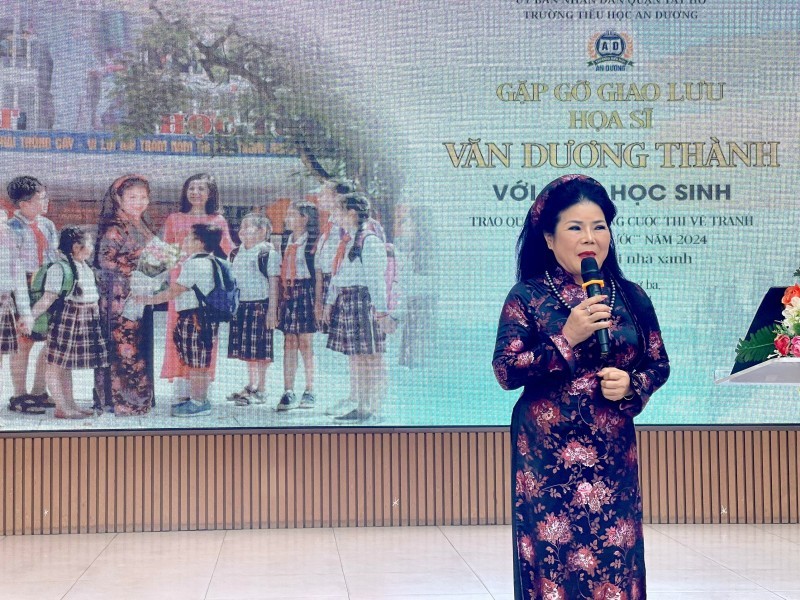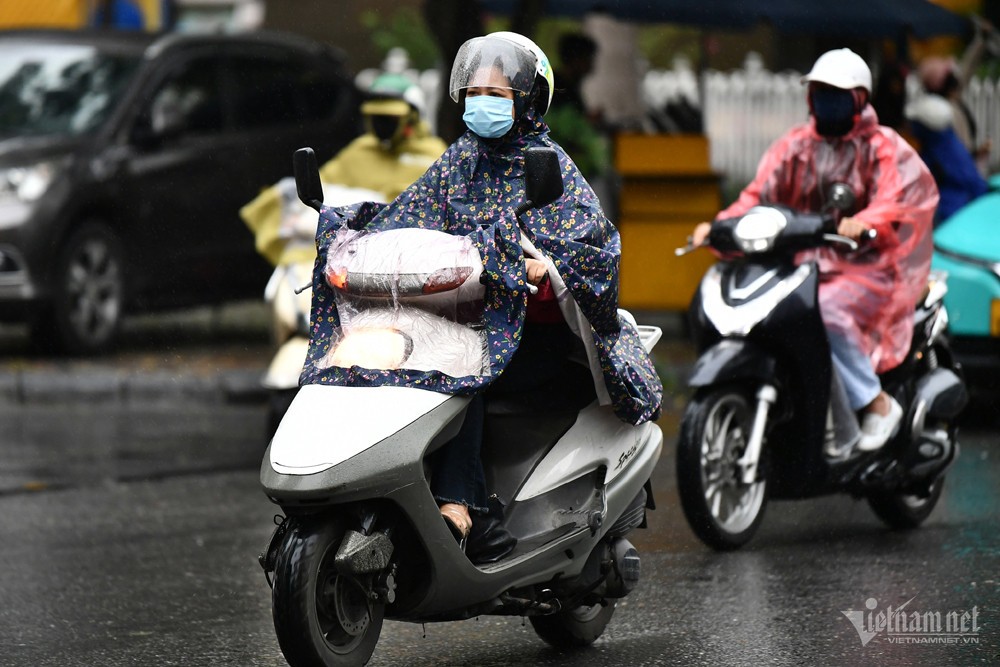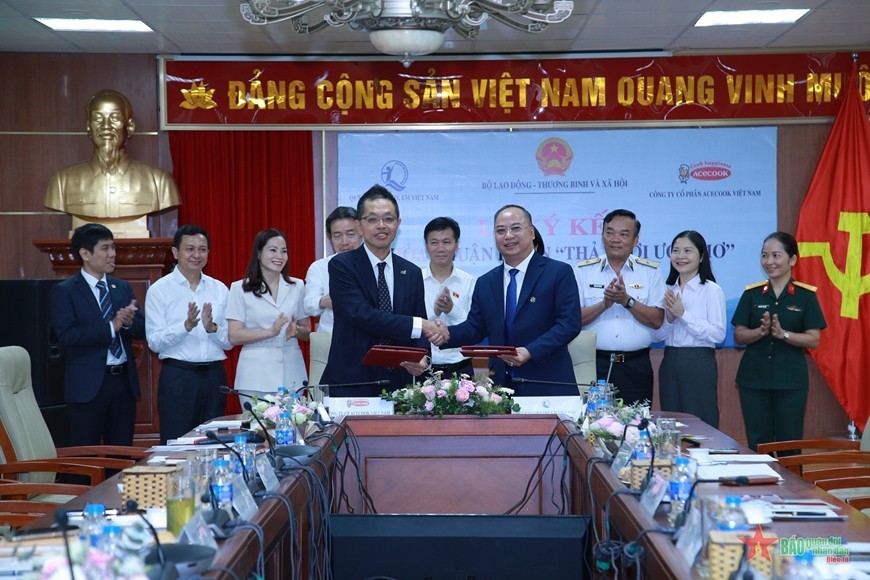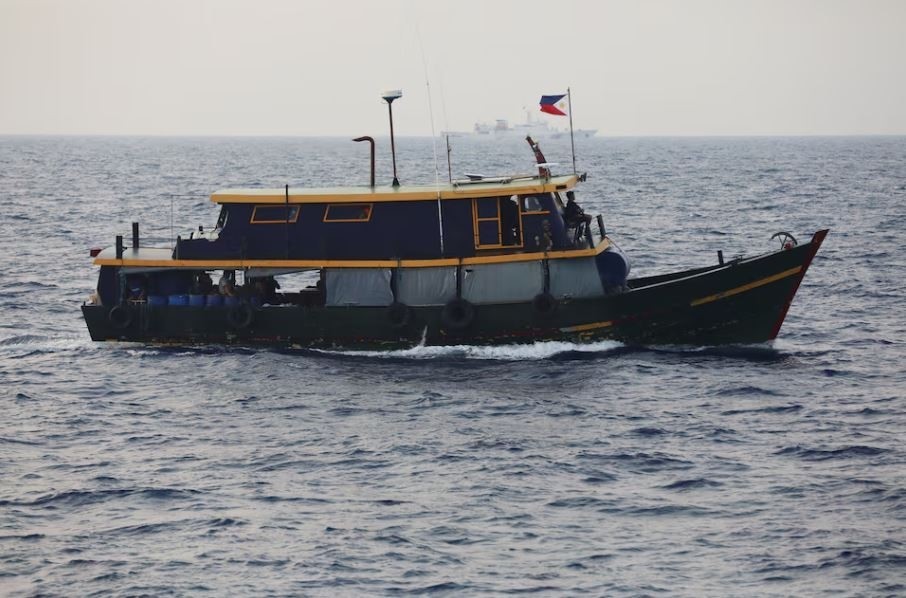Training course on disaster risk reduction for relevant officials and school teachers in Hue
Recently, in Hue city, the Netherlands Development Organisation (SNV) in cooperation with the United States Agency for International Development (USAID) organised an training of trainers (TOT) on Disaster risk reduction (DRR) and Climate change adaptation (CCA) for around 40 relevant officials and school teachers in the central province of Thua Thien-Hue.
 |
At a training session. (Photo: SNV)
A 5-day training was held to increase awareness of participants on the need to reduce disaster risks and enhance capacity building for local authority officials and teachers on November 6–10.
These activities are funded by the USAID Green Annamites Project which aims to support the provinces of Thua Thien Hue and Quang Nam to protect the region’s globally significant biopersity and help local and ethnic minority communities to persify and improve their livelihoods during 2016–2020.
“This is the second time I participated in DRR & CCA training course supported by the USAID Green Annamites Project. I think that this course is very helpful as I am able to learn new knowledge and teaching skills to communicate with my students about DRR and CCA activities. We organized some communications events about DRR before and I saw that the students were very interested in these activities as they had the opportunity to play and learn together,” shared by Nguyen Thi Phuong, teacher of Phu My secondary school, Phu Vang district, Thua Thien Hue province.
Assessing the vulnerability of the constructed environment to hazards is extremely important in applying disaster resilient into local development planning process, especially for teachers and students in the province. With increasing awareness level of the schools and surrounding communities and a good school-based disaster preparedness, it is hoped that we are able to build better safety for schools and better education which strengthens the resilience of the community on a larger scale.
The USAID Green Annamites project supports the provinces of Thua Thien Hue and Quang Nam to protect the region’s globally significant biopersity and help local and ethnic minority communities to persify and improve their livelihoods.
With a budget of approximately USD 24 million, USAID is assisting two provinces to improve the management of roughly 400,000 hectares of tropical rainforests and conserve the globally unique species of plants and animals residing in these forests.
The project is partnering with provincial governments to identify threats and safeguard the globally unique forest resources in the region from poaching and habitat destruction. This forest protection approach includes improving forest conservation planning; increasing the knowledge and skills of local forest managers and decision makers; and helping local communities live in harmony with the protected forests.
Key program results include improving the livelihoods of 20,000 forest dependent people; improving biopersity of over 400,000 hectares of natural forest, mobilising at least USD 20 million in public and private resources for sustainable livelihoods and forest conservation; and avoiding and/or removing the equivalent of at least 7 million metric tons of carbon dioxide from the atmosphere./.
VNF
Most read
Recommended
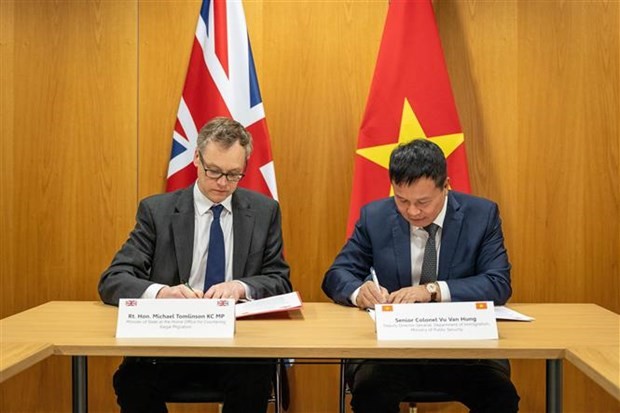 National
National
Vietnam News Today (Apr. 19): Vietnam, UK Sign New Agreement on Illegal Migration
 National
National
Czech Senate President Proposes Opening Hanoi - Prague Flight Soon
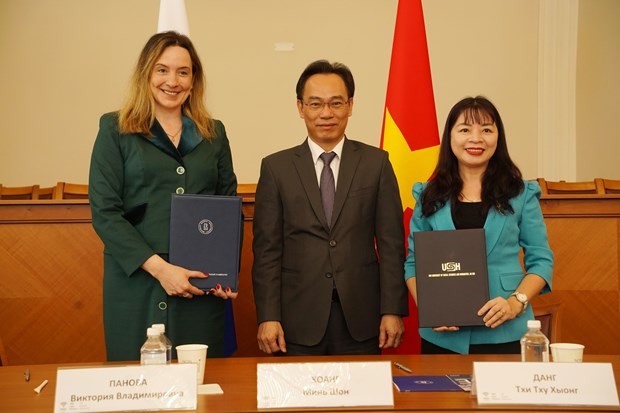 National
National
Vietnam News Today (Apr. 18): Vietnam, Russia Bolster Education, Training Collaboration
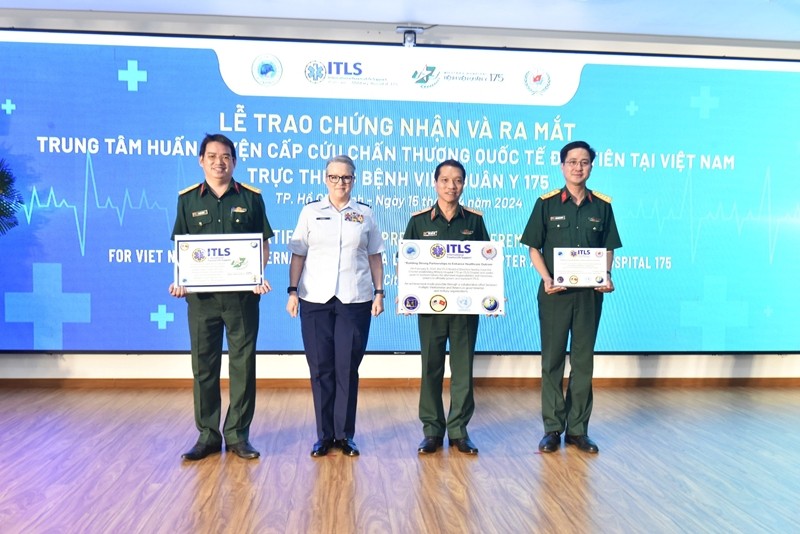 National
National
First Int'l Trauma Life Support Training Center Launched in Vietnam
Popular article
 National
National
Vietnam News Today (Apr. 17): Vietnam And Hungary Review Effectiveness of Cooperation Agreements
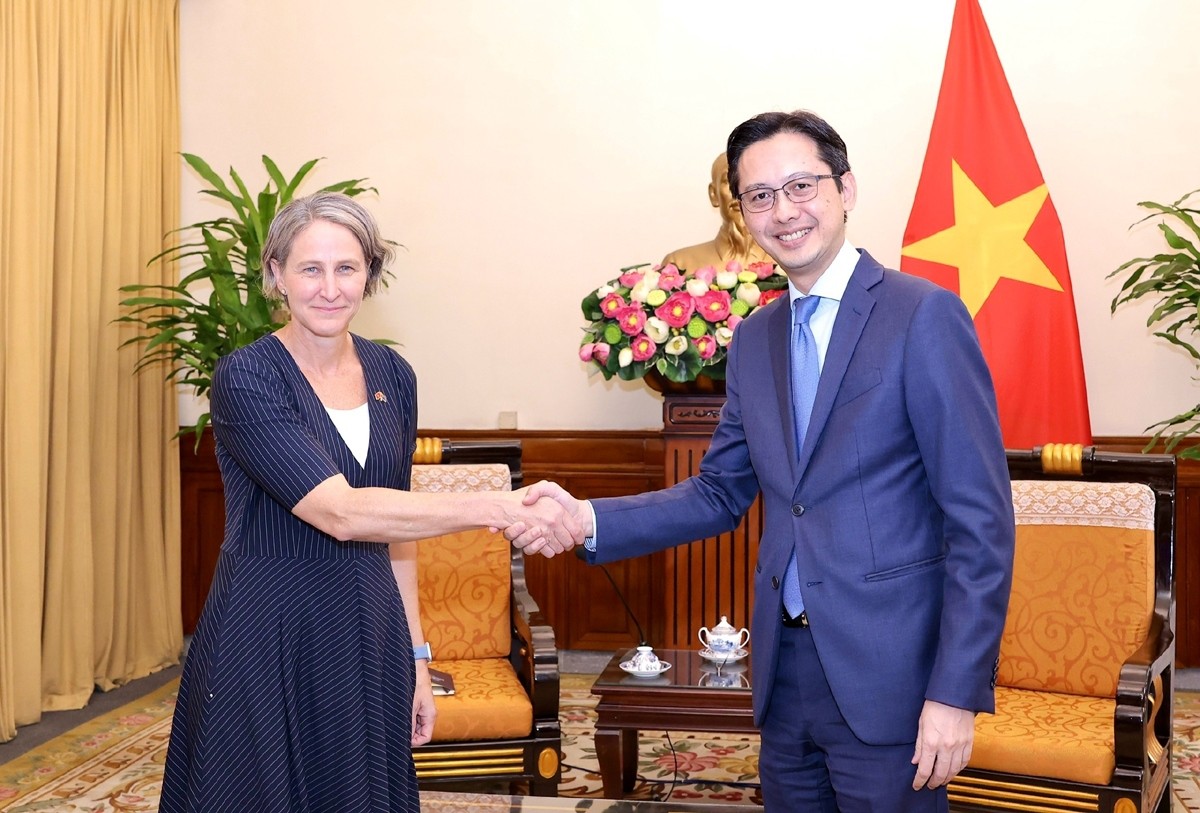 National
National
Vietnam News Today (Apr. 16): Australia Supports Climate Action Cooperation With Vietnam
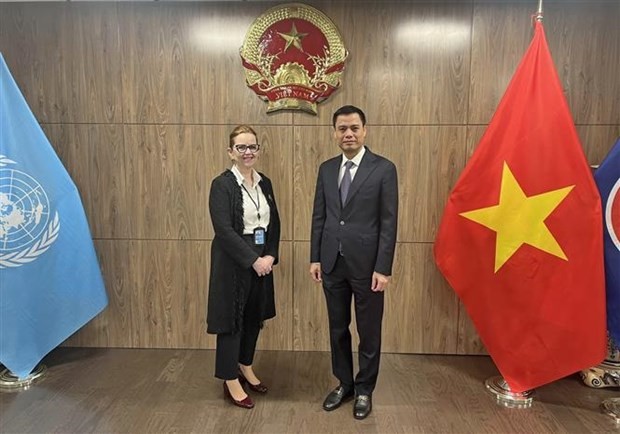 National
National
Vietnam News Today (Apr. 15): Vietnam Supports UN’s Humanitarian Aid For Palestinians
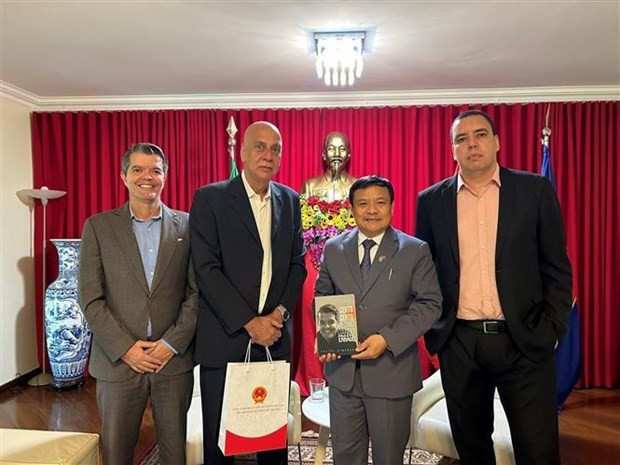 National
National

